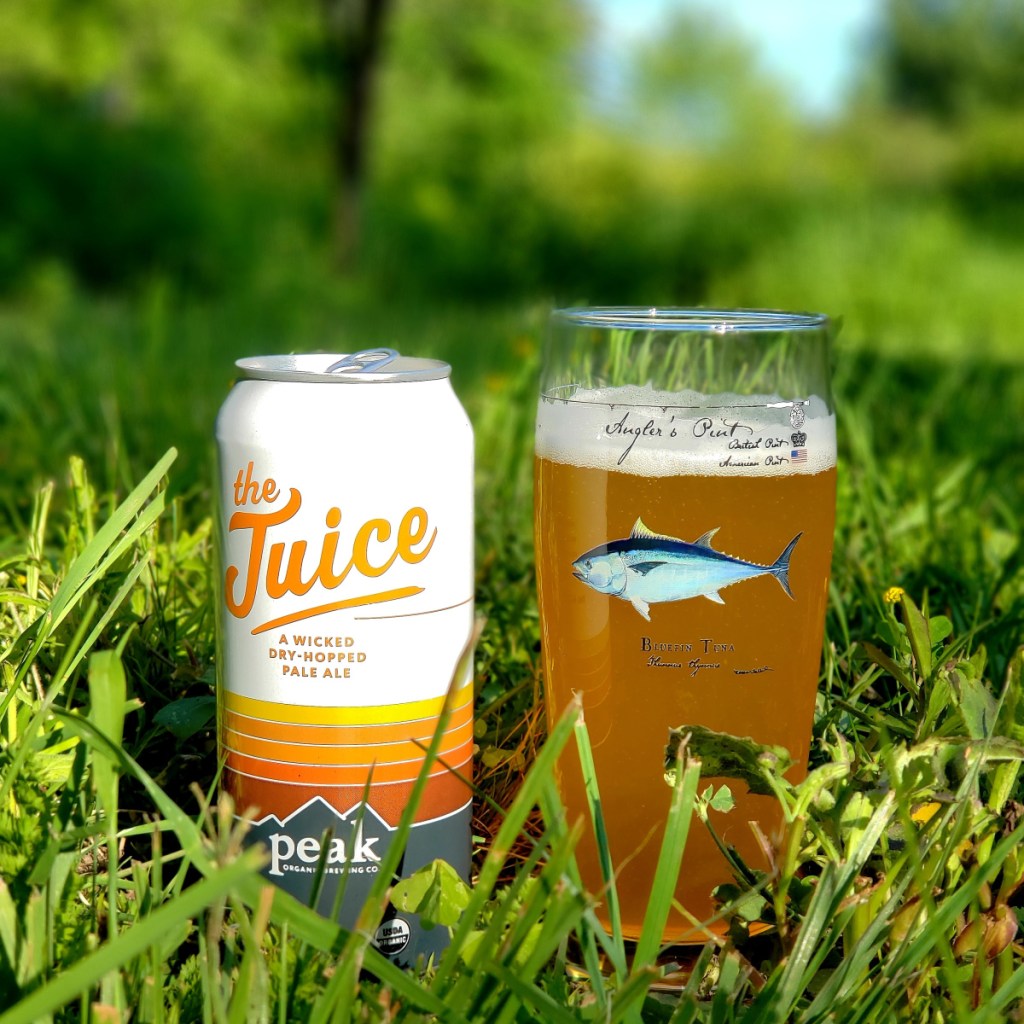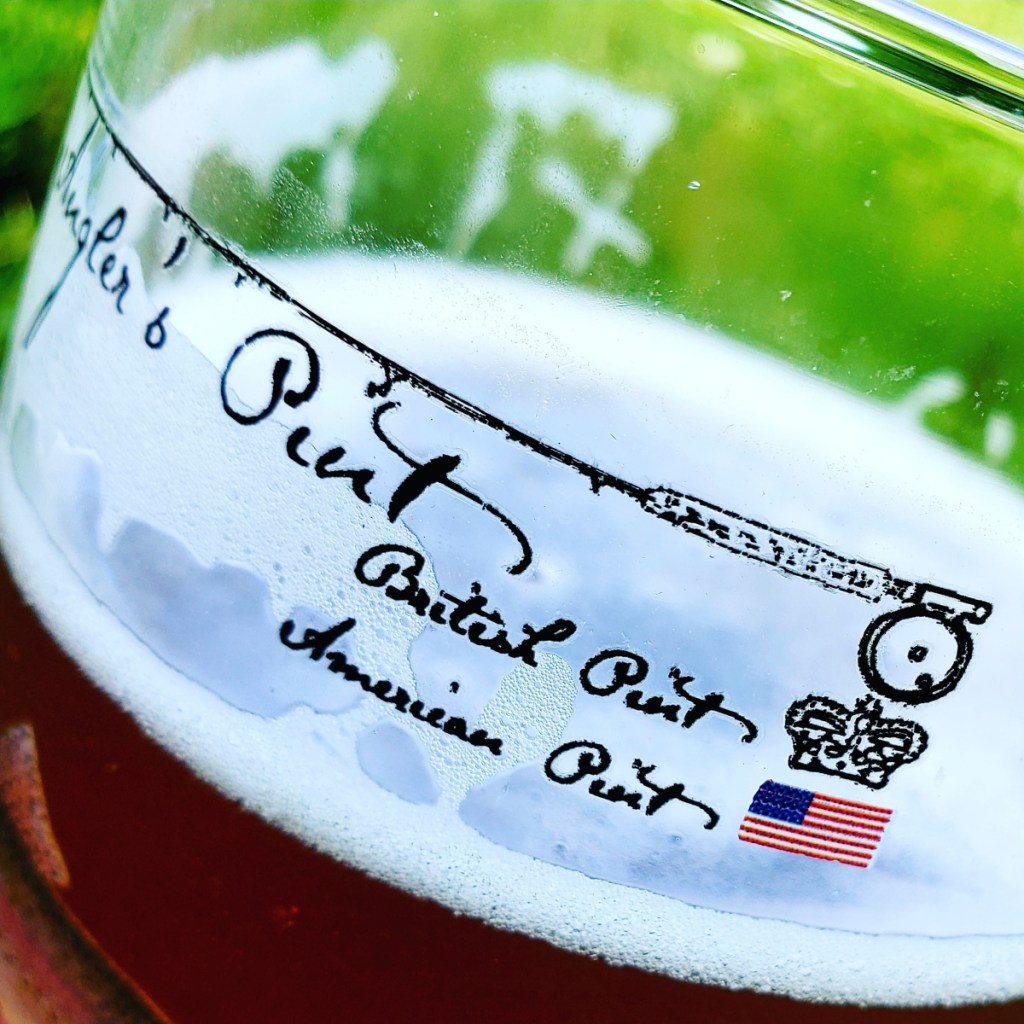Karen Talbot wishes she still had the cocktail napkin that began it all. It was 2015, and she and her husband, science writer Ret Talbot, had been fishing in the Eastern Sierras. Now they were enjoying an end-of-day beer at the Kern River Brewery. They started talking about different pours: A U.S. pint is 16 ounces, while a British pint is 20 imperial fluid ounces.
“Wouldn’t it be cool if there were an even taller pour line?” Karen Talbot remembers asking.
Talbot, an award-winning scientific illustrator who lives in Rockland, sketched out a glass on a napkin and drew a new, 21.5-ounce pour line above the U.S. and British pours. A fly rod curved around the glass to mark the spot. One successful kickstarter campaign, a brook trout painting, and a company motto (“Tall tales get better with tall brews”) later, Talbot had created Angler’s Pint, a side business that helps support her other artwork and brings attention to conservation issues.
Each Angler’s Pint glass features a freshwater or saltwater fish (fish are Talbot’s specialty) and its common and scientific names. Talbot’s first glass was a brook trout because it’s such an “important and iconic” fish in Maine. “Maine is the largest repository in the United States for native brook trout stock,” she said.
Now Talbot has a whole trout line: the rainbow trout, brown trout and cutthroat trout, as well as the brook trout. Other glasses are illustrated with mahi mahi, yellowfin or bluefin tuna, Atlantic salmon and striped bass. Fish glasses in her saltwater series feature a saltwater fly rod and a fly or lure that would be appropriate for that fish.
All of the glasses are dishwasher safe. “We want people to use them,” Talbot said. “It’s different than collecting a piece of art that you might hang on your wall.”
Her customers are – no surprise – people who are passionate about fishing, but also biologists and fans of art and illustration. After their glasses arrive, many post their “first pours” on social media. Some have even traveled to their favorite fishing spots to stage a photo with their new glass, which they then send to Talbot.
The glasses cost $18.95 each and are sold at Talbot’s Rockland gallery, 239 Cedar St., or through the gallery’s online store, karentalbotartonline.com. They’re also sold through Orvis.com. Talbot donates 10 percent of her profits annually to conservation organizations.
“Our glasses are increasingly featuring not only the most popular recreational species, but we’re also working to expand the line to include some less well-known species like the American shad, which are really important fishes,” Talbot said. “Fish like the shad help to support all these other larger, more popular game fishes.”
Maine is home to 12 native sea-run fishes, such as salmon, shad and sturgeon. When dams are removed to reconnect them with their breeding grounds and they migrate back upstream to spawn, Talbot explained, “they import all these nutrients into the waterways that they had out in the ocean, living in the marine environment.” They also provide food for eagles, ospreys and other birds, she said.
And soon they will, in a roundabout way, provide beer to thirsty anglers.
Send questions/comments to the editors.




